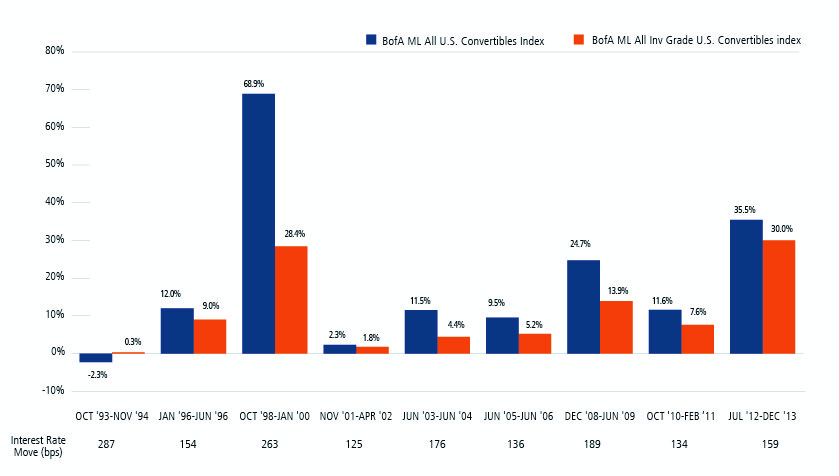Barclays QE3 Means Take On More Risk
Post on: 6 Июль, 2015 No Comment

Central banks are clearly encouraging risk-taking, but investors should pick their spots, Barclays says.
Recent easy-money moves by both the Federal Reserve and the European Central Bank to support the fragile global economy mean investors can move into riskier assets, including lower-grade debt, though such shifts should be made in measured ways, Barclays Plc said in its quarterly global outlook.
In the piece, titled “Don’t Fight the Fed, the bank said it expects solid performance of various asset classes ahead, given the favorable environment fostered by central banks. Barclays was the firm that first developed the iShares lineup of ETFs and it still sponsors the iPath family of exchange-traded notes.
“Given the recent announcements by the ECB and the Fed to increase asset purchases, we believe this process is likely to continue, and thus are advising investors to selectively take on more risk,” Larry Kantor, Barclays head of Research, said in the introduction to the report.
Among its various recommendations, Barclays said investors would be wise to move out on the risk curve and look to enhance returns by shifting into lower-rated investment-grade corporate bonds and, more selectively into high-yield debt “as the rallies in the safer parts of the spectrum appear to have largely played out.”
While cautioning that the Fed’s move to launch “QE3” won’t solve the unemployment problems in the U.S. and the ECB’s recent announcement to defend the euro isn’t a definitive solution to the eurozone crisis, Barclays said both measures are likely to support markets in the coming months. Barclays’ recommendations are more aggressive than they were in June, when it recommended a neutral stance toward risk.
Pick Your Spots
The bank’s stance on equities reflected some of these caveats. Barclays said that notwithstanding central bank intervention that will indeed support equities, the real economy and public policy both need to improve to fully unleash this asset class.
To that end, it recommended “stocks with bond-like characteristics”—defensive and high-dividend-paying plays, and the bigger the companies the better. It emphasized high-quality and size in Europe as well. Additionally, the bank said that tactically a window is open for cyclical stocks to “grind higher.”
Barclays also cast doubt on the notion that the new central bank stimulus could fully revive commodities markets, saying that QE3 has likely had its effects on materials markets and some prices such as for petroleum appear to already be settling back after an initial surge following the Fed announcement.
It did, however, say gold was probably going to be an exception.
“With the dollar weakening and debates over inflation and currency debasement now moving back to centre stage, QE3 is likely to support the recent pickup in physical and futures market buying,” the report said.
In the emerging markets, the bank said comparatively high real and nominal yields on developing world bond yields are likely to continue. Still, it recommended moving to higher-yielding sovereign and low investment-grade corporates.
Overall, however, it said growth in the developing world currently remains soft by historical standards, meaning investors are likely to increase risk carefully.
We recognise that aggressive Fed easing in a rising asset price environment can produce ‘bubbles,’ but current conditions are not conducive to a sharp reversal in asset prices,” the bank said about the overall flavor of markets and the economy.














